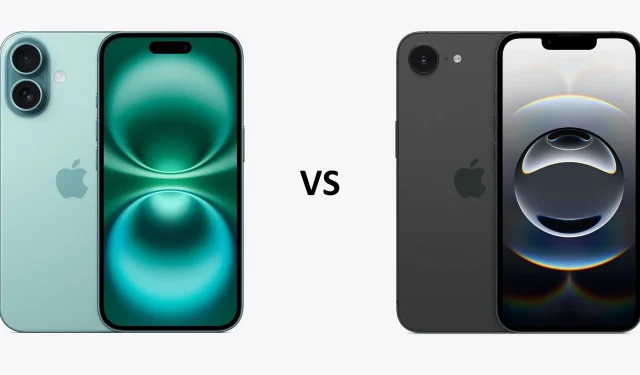
Apple has introduced the iPhone 16e, its latest attempt to capture the budget smartphone segment. However, describing it as ‘budget’ is somewhat misleading given its retail price of $599. In contrast, previous affordable offerings from Apple, like the iPhone SE series, were priced more modestly between $399 and $429. This transition raises a key question: can this new entry truly be considered a budget smartphone?
While the iPhone 16e is indeed the most affordable option within Apple’s current lineup, the $599 price point still feels substantial. One must consider a crucial dilemma: if you’re prepared to spend this amount, why not opt for the standard iPhone 16, priced just $200 higher? Does the iPhone 16 offer performance and features that justify the additional investment? This article aims to explore these questions through a comprehensive comparison of the iPhone 16e and iPhone 16.
Comparing the Apple iPhone 16e and iPhone 16
The iPhone 16e and the iPhone 16 cater to distinct audiences, reflected not only in their pricing but also in their specifications and features. Below, we delve into a detailed side-by-side comparison of these two devices.
Specifications Overview
Here’s a breakdown of the primary specifications for both the iPhone 16e and iPhone 16:
| Specifications | iPhone 16e | iPhone 16 |
| Display | 6.1-inch Super Retina XDR OLED, 60Hz | 6.1-inch Super Retina XDR OLED, 60Hz |
| Chipset | Apple A18 with a 4-core GPU | Apple A18 with a 5-core GPU |
| Operating System | iOS 18.3.1 | iOS 18.3.1 |
| Memory & Storage | 8GB RAM; 128GB, 256GB, or 512GB storage options | 8GB RAM; 128GB, 256GB, or 512GB storage options |
| Camera Setup | 48MP rear camera, 12MP selfie camera | 48+12MP rear cameras, 12MP selfie camera |
| Battery & Charging | 26 hours of video playback; wired fast charging, 7.5W Qi wireless | 26 hours of video playback; 25W wired fast charging, 15W MagSafe wireless |
Design and Display Quality
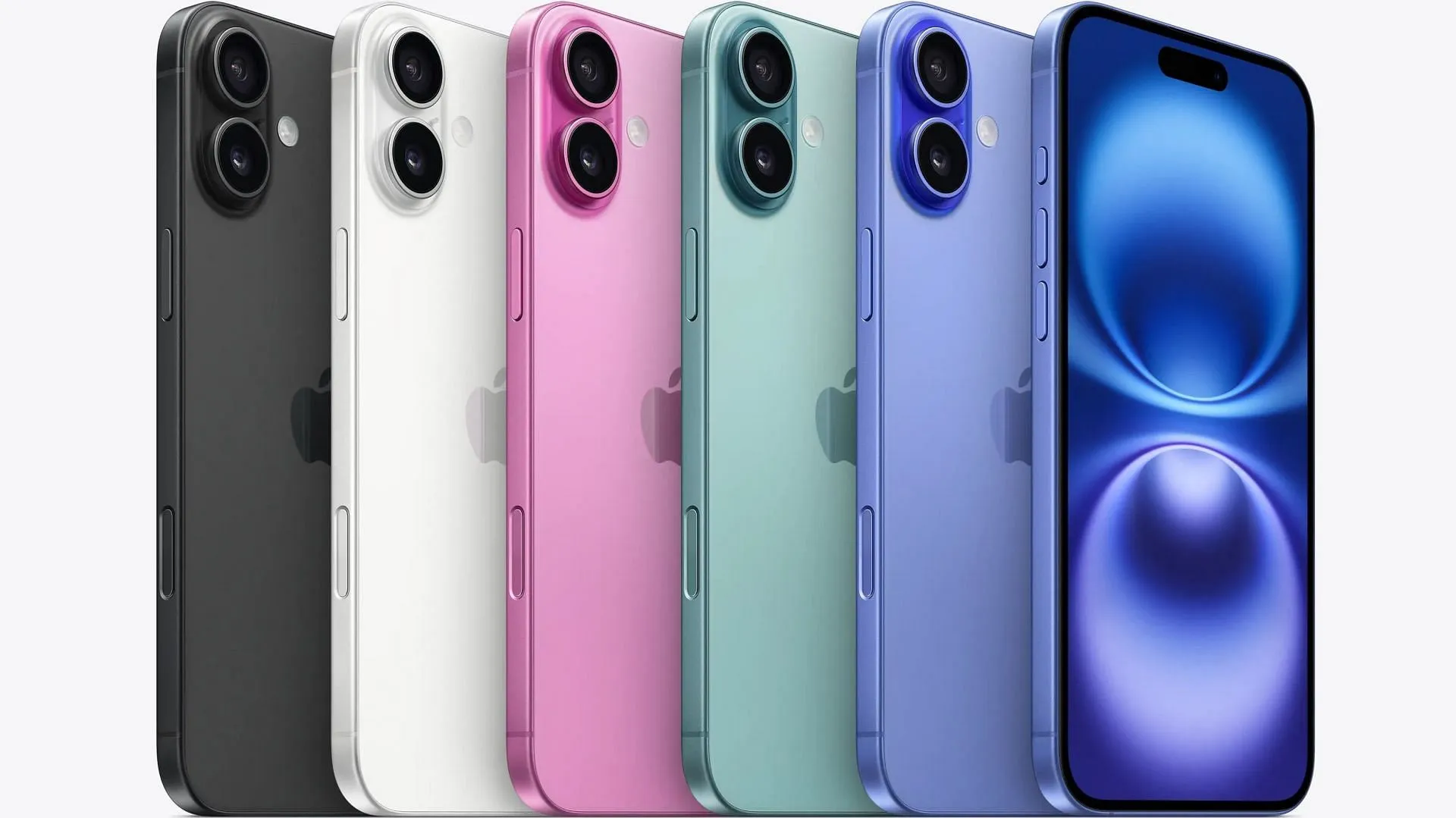
Both the iPhone 16e and iPhone 16 showcase Apple’s commitment to premium craftsmanship. Their construction utilizes quality materials, featuring sleek metal sides and glass rear panels that highlight their visual appeal. While both models share similar display technology, the iPhone 16 boasts enhanced brightness and Dolby Vision support, making it a preferable choice for outdoor use.
While both devices are equipped with Ceramic Shield glass for durability, the iPhone 16 advantages from a more advanced version. Additionally, the iPhone 16 includes the state-of-the-art pill-shaped notch with Dynamic Island technology, which enhances usability by displaying useful information seamlessly at the top, unlike the older, larger notch of the iPhone 16e.
Camera Capabilities
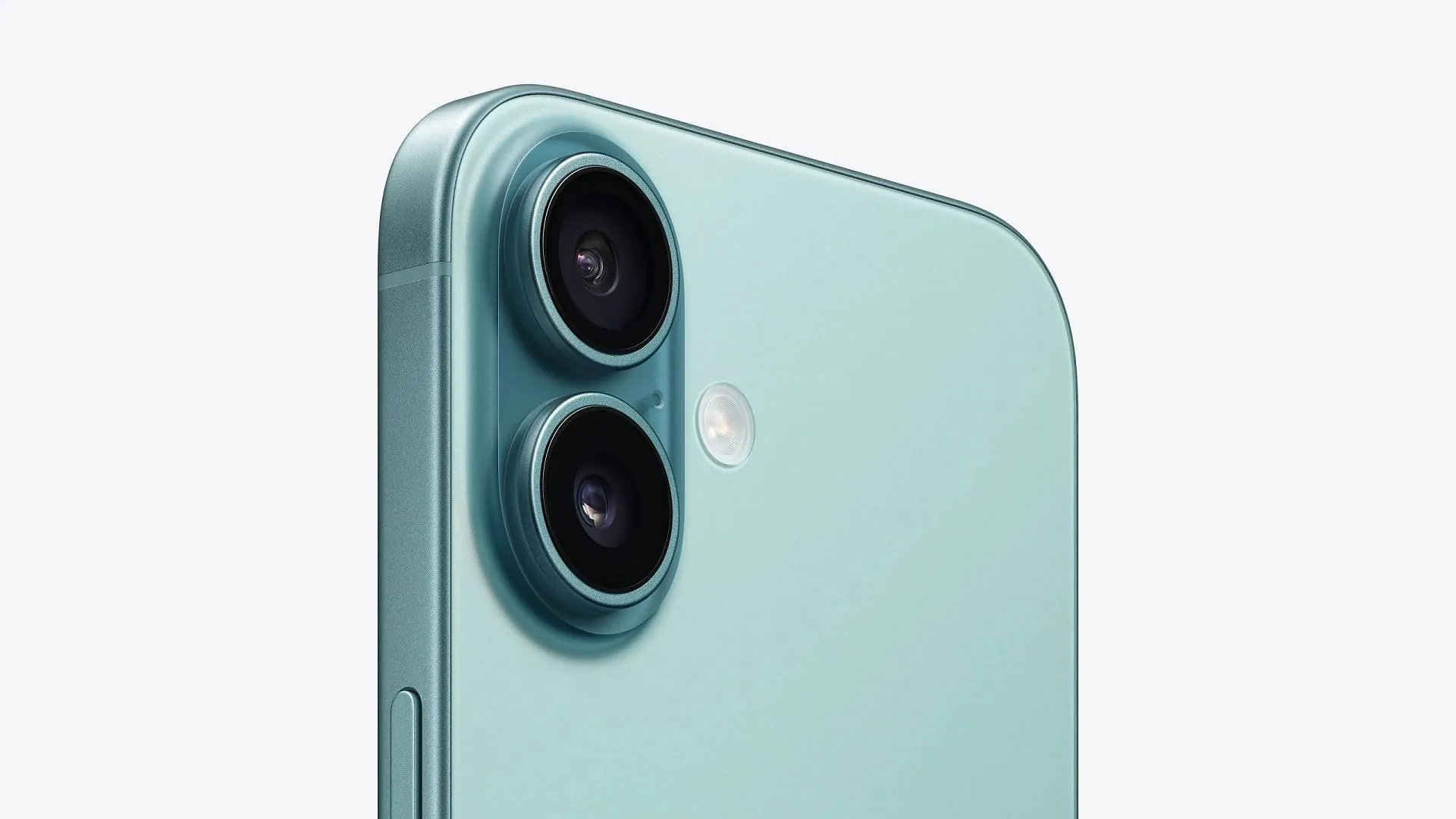
The camera systems diverge significantly between the two models. The iPhone 16 features a dual-camera setup that includes wide and ultra-wide lenses, delivering greater versatility in photography. Meanwhile, the iPhone 16e is limited to a single rear camera, and lacks key modes such as Cinematic Mode and Action Mode, which are present in the standard variant. The front-facing cameras, however, remain unchanged across both devices.
Performance Insights
Both smartphones are powered by the Apple A18 chipset, ensuring top-tier performance across various applications, including gaming. Notably, the GPU specifications differ; the iPhone 16e is equipped with a 4-core GPU, while the iPhone 16 enjoys the benefits of a superior 5-core GPU, which provides enhanced gaming performance.
Performance benchmarks highlight this difference:
| Benchmarks | iPhone 16e (A18 with 4-core GPU) | iPhone 16 (A18 with 5-core GPU) |
| GeekBench 6 (Single-Core) | 3, 520 | 3, 509 |
| GeekBench 6 (Multi-Core) | 9, 181 | 9, 018 |
| 3DMark’s WildLife Extreme Test | 3, 862 | 4, 588 |
These results indicate that while the iPhone 16e may lag behind during intensive gaming sessions, the difference is negligible for everyday users.
Memory and Storage Options
In terms of memory, both models offer equivalent configurations, available in 128GB, 256GB, or 512GB variants, complemented by 8GB of RAM.
Battery Life and Charging Features
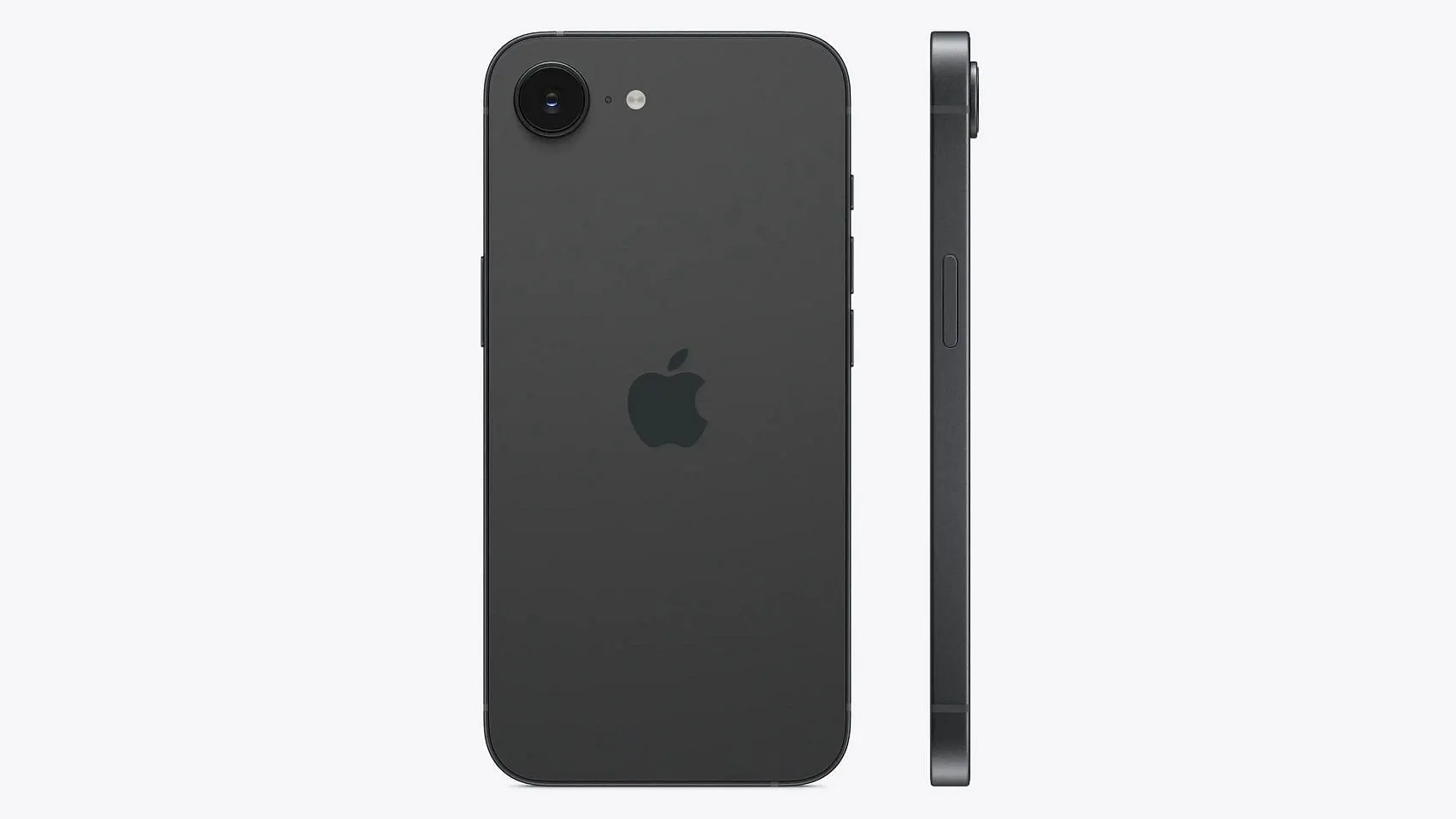
The iPhone 16e benefits from a larger battery, providing longer usage times compared to the iPhone 16. However, the latter retains the advantage of the MagSafe wireless charging capability, allowing for quicker and more convenient charging experiences, which the iPhone 16e lacks.
Price Point Analysis
A significant distinction lies in their pricing strategy: the iPhone 16e is priced at $599, while the iPhone 16 sits at $799, creating a notable $200 difference.
Concluding Thoughts: iPhone 16e vs.iPhone 16
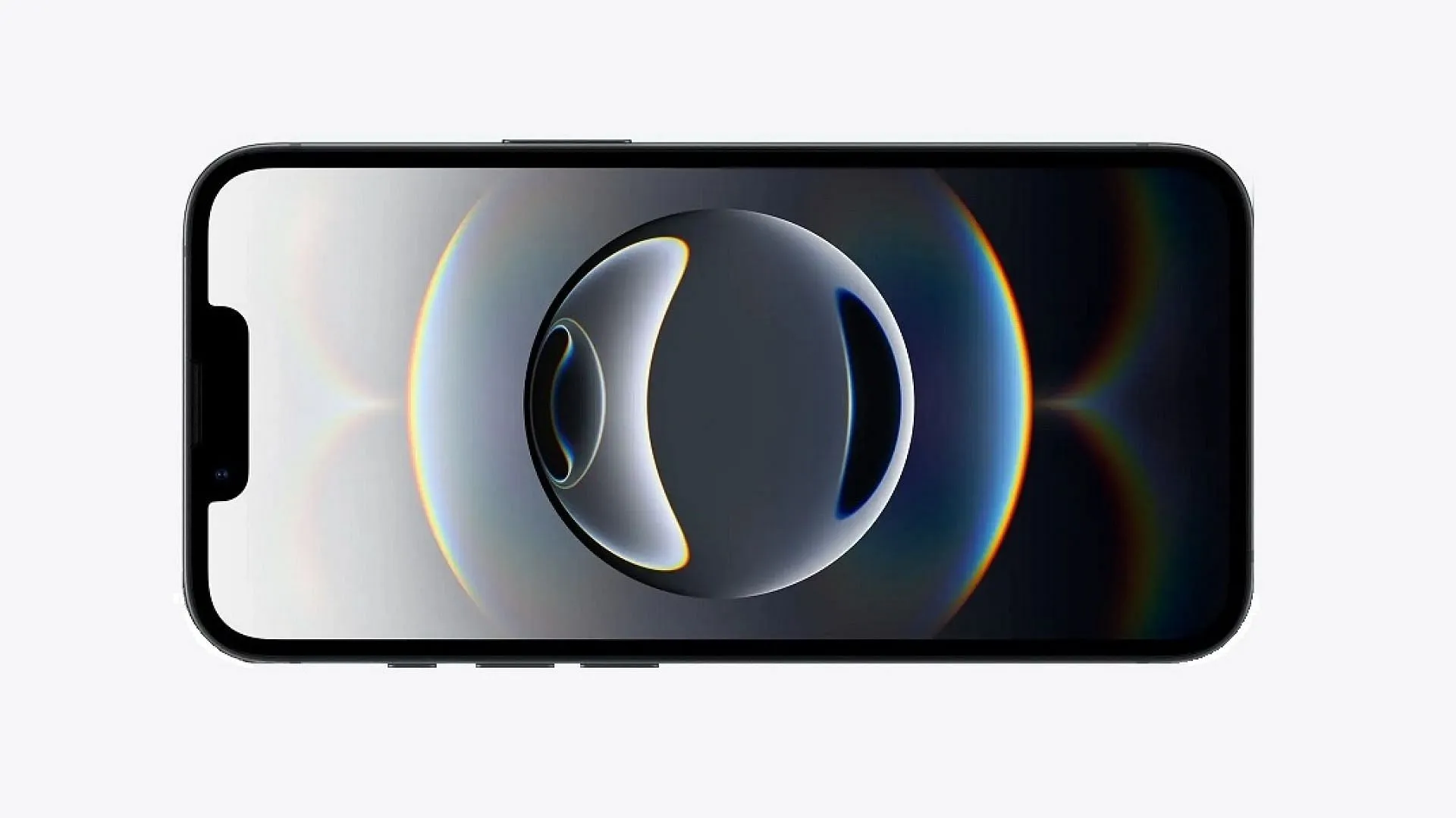
While the iPhone 16e may present a $200 savings, it comes with compromises in features, camera capabilities, and performance. It attempts to target budget-conscious consumers, yet the term ‘budget’ in this context is debatable. For those whose budget can accommodate it, we advocate considering the iPhone 16 for its advanced features and improved usability. However, if you’re operating within a strict financial framework, the iPhone 16e remains a viable option.




Leave a Reply ▼